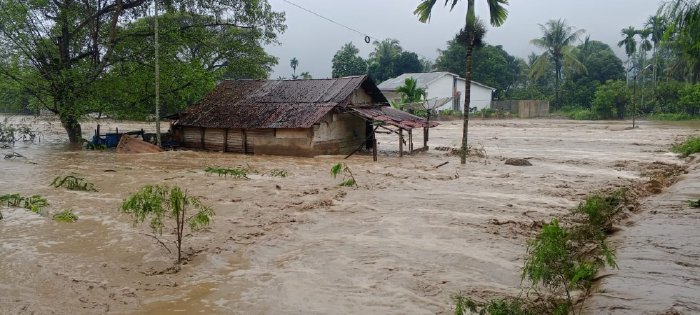Industrialization, blue economy become Indonesia’s way back to upper middle income country

The manufacturing industry is very important as it stimulates productivity growth and creates a skilled workforce.
Jakarta (Indonesia Window) – In 2019, Indonesia once belonged to a group of upper middle income countries. However, the Covid-19 crisis in 2020 pushed Indonesia back into the lower middle income category.
Despite this, Indonesia’s economic resilience has shown improvement. Compared to the economic crisis of 1998, in which Indonesia required four years to return to its previous position, the country now only needs three years to recover from the impact of the Covid-19 crisis. This indicates that Indonesia’s macroeconomic condition is strong.
The Deputy for Economic Affairs of the National Development Planning Agency of the Republic of Indonesia (Bappenas), Amalia Adininggar Widyasanti, made the remarks at the Annual Conference on Indonesia Economic Development (ACIED) 2024 organized by the National Research and Innovation Agency (BRIN) in collaboration with the Asian Development Bank Institute (ADBI) here on Tuesday (July 30).
Amalia stated that in transition from the lower middle income category to the upper middle income position, significant economic transformation is required. “An economic growth rate of five percent would not be enough to lift Indonesia out of its current income category. Therefore, Indonesia’s economic growth must be faster, reaching six percent,” she said.
She added that this is a pivotal moment for Indonesia to achieve this target. Indonesia is currently experiencing a demographic bonus and has long-term development goals outlined in the 2045 Golden Indonesia vision. This demographic bonus is a vital asset for industrialization.
Industrialization is seen as a way to increase Indonesia’s income. Amalia stressed that the manufacturing industry can be a driver of economic growth. Currently, Indonesia faces significant productivity issues.
The contribution of the manufacturing industry to the Gross Domestic Product (GDP) has declined. Therefore, Indonesia must revive this sector.
“For Indonesia, the manufacturing industry is very important as it stimulates productivity growth and creates a skilled workforce. The problem for Indonesia is that this industry trend is declining before we reach the upper middle income category. Hence, this industry must be a priority if Indonesia wants to boost economic growth,” Amalia said.
In addition to industrialization, she stated that to drive economic growth, Indonesia should also focus on developing the blue economy or ocean-based economy. The goal is to create added value from marine resources.
She gave an example, noting that many marine products can be processed into high-value derivative products. “For instance, collagen products derived from sea cucumbers have high economic value and are very popular,” Amalia noted.
The development of the blue economy is expected to create jobs that would boost Indonesia’s economic growth. Therefore, research is essential for the development of the blue economy. Industries are expected to apply and commercialize research findings, thereby enhancing the competitiveness of Indonesia’s industries.
Reporting by Indonesia Window

.jpg)








